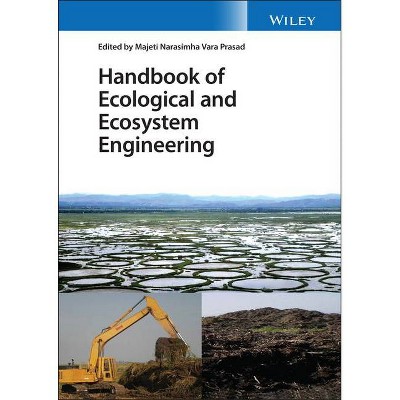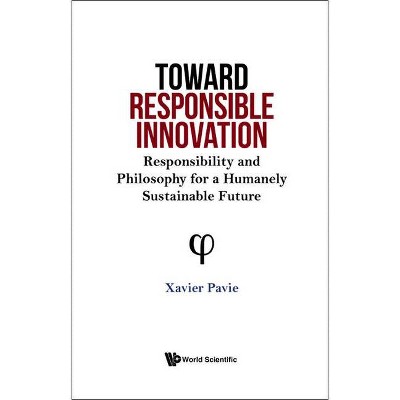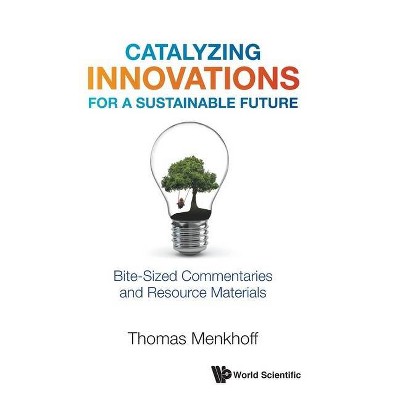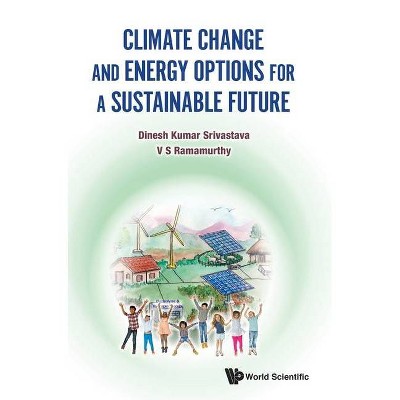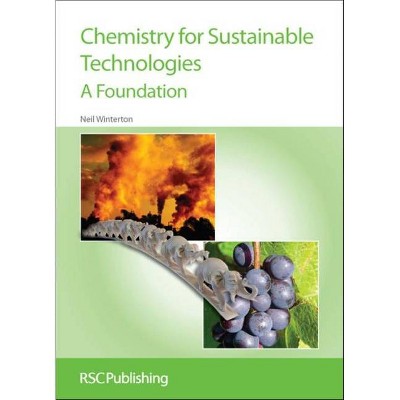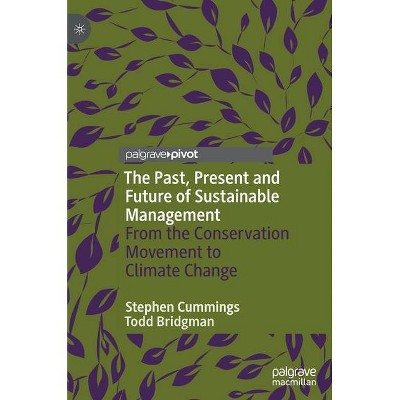Biosurfactants for a Sustainable Future - by Hemen Sarma & Majeti N V Prasad (Hardcover)
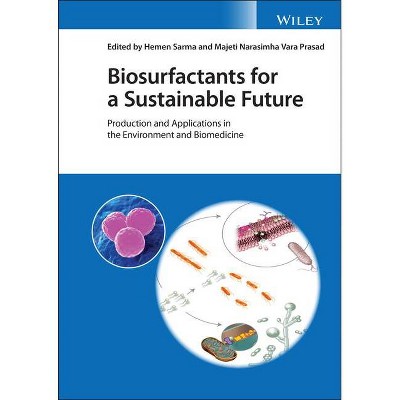
Similar Products
Products of same category from the store
AllProduct info
<p/><br></br><p><b> About the Book </b></p></br></br>"This book focuses on the recent developments in biosurfactants, discussing their properties, characterization, production, and applications in environmental remediation, biomedicine and biotechnology. It emphasizes the various techniques that are utilized for the detection and isolation of biosurfactants from microorganisms, and discusses metagenomics strategies to facilitate the exploration of the novel biosurfactants (mechanistic understanding and future prospects) for sustainable environmental remediation and control of antibiotic resistant genes and other pathogens. Topics covered include: Production: * Biosurfactant production using bioreactors and different carbon sources (food processing and agro- industry by-products) * Identification of novel biosurfactants- metagenomic approaches Environmental Applications: * Biosurfactant-assisted bioremediation of crude oil/petroleum hydrocarbon contaminated soil * Biosurfactants for microbe enhanced oil recovery [MERO] * Biosurfactants in soil bioremediation and enhanced micronutrient availability * Biosurfactants enhanced microbial degradation of polyaromatic hydrocarbons * Surfactant-enhanced bioremediation of DDT and persistent organic micropollutants * Biosurfactants for heavy metal remediation * Biosurfactants for the synthesis of biogenic nanoparticles for environmental application Biomedical Applications: * Biosurfactant?]inspired control of methicillin?]resistant Staphylococcus aureus (MRSA) * Antiviral, antimicrobial and antibiofilm potential of biosurfactants against multi-drug-resistant pathogens * Biosurfactants for cosmetics and dermatological repair * Biosurfactant mediated biocontrol of pathogenic microbes of crop plants"--<p/><br></br><p><b> Book Synopsis </b></p></br></br><b>Biosurfactants for a Sustainable Future</b> <p><b>Explore the state-of-the-art in biosurfactant technology and its applications in environmental remediation, biomedicine, and biotechnology</b><p><i>Biosurfactants for a Sustainable Future</i> explores recent developments in biosurfactants and their use in a variety of cutting-edge applications. The book opens a window on the rapid development of microbiology by explaining how microbes and their products are used in advanced medical technology and in the sustainable remediation of emerging environmental contaminants.<p>The book emphasizes the different techniques that are used for the production of biosurfactants from microorganisms and their characterization. Various aspects of biosurfactants, including structural characteristics, developments, production, bio-economics and their sustainable use in the environment and biomedicine, are addressed, and the book also presents metagenomic strategies to facilitate the discovery of novel biosurfactants producing microorganisms. Readers will benefit from the inclusion of: <ul><li>A thorough introduction to the state-of-the-art in biosurfactant technology, techniques, and applications</li><li>An exploration of biosurfactant enhanced remediation of sediments contaminated with organics and inorganics</li><li>A discussion of perspectives for biomedical and biotechnological applications of biosurfactants</li><li>A review of the antiviral, antimicrobial, and antibiofilm potential of biosurfactants against multi-drug-resistant pathogens.</li><li>An examination of biosurfactant-inspired control of methicillin-resistant <i>Staphylococcus aureus</i></li></ul><p>Perfect for academic researchers and scientists working in the petrochemical industry, pharmaceutical industry, and in the agroindustry, <i>Biosurfactants for a Sustainable Future</i> will also earn a place in the libraries of scientists working in environmental biotechnology, environmental science, and biomedical engineering.<p/><br></br><p><b> From the Back Cover </b></p></br></br><p><b>Explore the state-of-the-art in biosurfactant technology and its applications in environmental remediation, biomedicine, and biotechnology</b></p><p><i>Biosurfactants for a Sustainable Future</i> explores recent developments in biosurfactants and their use in a variety of cutting-edge applications. The book opens a window on the rapid development of microbiology by explaining how microbes and their products are used in advanced medical technology and in the sustainable remediation of emerging environmental contaminants.</p><p>The book emphasizes the different techniques that are used for the production of biosurfactants from microorganisms and their characterization. Various aspects of biosurfactants, including structural characteristics, developments, production, bio-economics and their sustainable use in the environment and biomedicine, are addressed, and the book also presents metagenomic strategies to facilitate the discovery of novel biosurfactants producing microorganisms. Readers will benefit from the inclusion of: </p><ul><li>A thorough introduction to the state-of-the-art in biosurfactant technology, techniques, and applications</li><li>An exploration of biosurfactant enhanced remediation of sediments contaminated with organics and inorganics</li><li>A discussion of perspectives for biomedical and biotechnological applications of biosurfactants</li><li>A review of the antiviral, antimicrobial, and antibiofilm potential of biosurfactants against multi-drug-resistant pathogens.</li><li>An examination of biosurfactant-inspired control of methicillin-resistant <i>Staphylococcus aureus</i></li></ul><p>Perfect for academic researchers and scientists working in the petrochemical industry, pharmaceutical industry, and in the agroindustry, <i>Biosurfactants for a Sustainable Future</i> will also earn a place in the libraries of scientists working in environmental biotechnology, environmental science, and biomedical engineering.</p><p/><br></br><p><b> About the Author </b></p></br></br><p><b>Hemen Sarma</b> is Assistant Professor at Nanda Nath Saikia College in Assam, India. His research focus is on plant- microbiome interactions, biosurfactants, persistent organic and inorganic pollutants, sustainable remediation, molecular breeding, CRISPR/cas9 gene editing and nanobiotechnology.</p><p><b>Majeti Narasimha Vara Prasad</b> is Emeritus Professor in the School of Life Sciences at the University of Hyderabad in India. He has published over 216 papers in scholarly journals and edited 34 books. He received his doctorate in Botany from Lucknow University, India in 1979. Based on an independent study by Stanford University scientists in 2020, he figured in the top 2% of scientists from India, ranked number 1 in Environmental Sciences (116 in world).</p>
Price History
Price Archive shows prices from various stores, lets you see history and find the cheapest. There is no actual sale on the website. For all support, inquiry and suggestion messagescommunication@pricearchive.us
